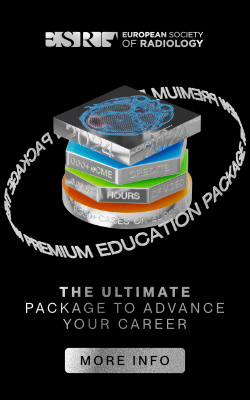Received CBCT-images of all the anthropological finds were distinguished by high-resolution with a detailed mapping of bone structure: accurate differentiation and direction of bone trabeculae (fig.
5).
It became possible to measure the thickness of the cortical bone,
even if it was less than 1 mm and the length of the defects in those places where it was destroyed.
During the comparative analysis it was found that visualization of bone structure on CBCT-images was comparable or even exceeded MSCT and digital microfocus X-ray images.
In addition,
small bone fragments and areas of pathological alteration of bone tissue (even under 1 mm) were observed reliably on CBCT-images.
It became possible to specify its localization and spatial location.
In the framework of the x-ray expert examination the signs of various types of fractures were identified reliably in 79,2 % (n = 19) of the samples on the CBCT-images with subsequent building of multiplanar and 3D-reconstructions,
41,6 % (n = 10) among them – malunion and ununited.
In cases with the malunion fractures consolidation was presented by the "bone bridges" due to coalescence of intermediate fragments and periosteal component of callus on the images with signs of comminuted fractures in 29,1 % (n = 7) of the objects (fig.
6,
a – c).
One of the most representative examples with the similar changes was the femoral bone with the signs of the malunion comminuted fracture at the level of the proximal and distal fragments in the middle third of its diaphysis.
The displacement of the former bone fragments has not been repaired.
It was noted that the outward width shift of them was more than the width of the diaphysis (almost 2 diaphysis width).
The overriding of the former bone fragments for each other was at the medially opened angle.
The consolidation was presented by the "bone bridges" due to coalescence of the intermediate fragments,
which lengthwise reaches 45,6 mm,
and the periosteal component.
Under the fragments there was the pathological cavity with the uneven outline,
which spread from the medullary canal.
The bone sequestrums and high-density inclusions (most likely shots) were visualized reliably inside of the cavity.
The both fragments medullary cavities were narrowed appreciably or not traced at all at the level of the fracture.
The cortical bone was thickened due to the endosteal and periosteal components (fig.
7,
a – c).
The laminar periosteal reaction was determined reliably only on MSCT and CBCT-tomograms.
During the evaluation of the CBCT and MSCT images results it became possible to identify the presence,
to determine the size and spatial location of the intermediate fragments (less than 2 mm),
which were not visualized significantly by DMFR.
The ununited fractures were characterized by an absence of signs of fragments consolidation with clear,
smooth contours of its edges,
irregular narrowing of lumen of the bone medullary canal,
thickening of the cortical plates due to the endosteal and periosteal component on the changes level in 25 % (n = 6) of the objects (fig.
8).
The comprehensive X-ray study of the skeleton fragments allowed to reveal the signs of fractures complications in the form of osteoreparation abnormality process in 16,6 % (n = 4) of the samples.
The obtained data argued that there were signs of ununited transverse fracture of the left ulnar bone at the lower third of its diaphysis.
The edges of the fragments had smoothed,
curve contours.
The medullary cavity at this level was narrowed unevenly.
The fragments lumens were closed with the compact closure plates – the signs of the false joint formation – were revealed convincing on MSCT and CBCT.
(fig.
9,
a – c).
It is worth noting that an absence of the callus,
smoothing and rounding of the bone fragments ends,
the compact closure plates presence at the fragments ends were visualized on the all the received x-ray images.
But the presence of the closure plates at the edges of the fragments was determined with CBCT and MDCT most convincingly (fig.
10,
a – c).







